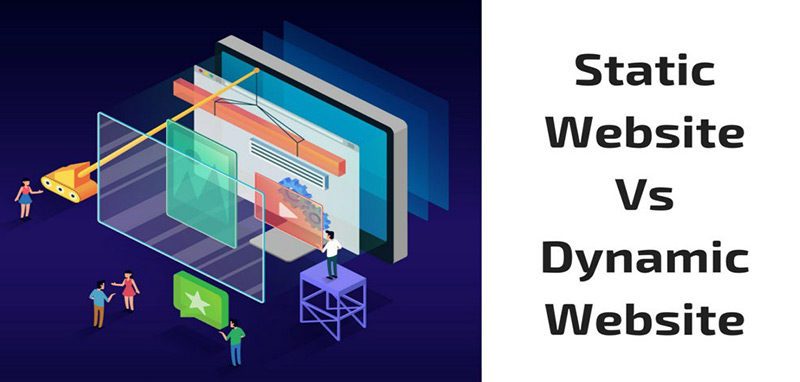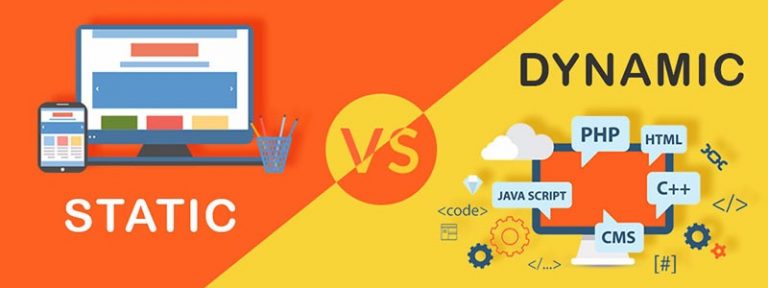
Source copied from pixselo.com for original link click here

Website designing is mainly two types. Learn about the Static v/s Dynamic Website differences today.
With Static websites designing one can create as many pages required without any custom coding or databases.
Static websites are suitable for the ones that do not require frequent updates or changes and is best for the websites that have to display information with versatile patterns & colors.
There are many advantages of a Static web design.
From a learning perspective, a beginner shall start with static designing.
therefore to create a static web page, knowledge about HTML coding & minimum scripting is required.
In addition, Dynamic websites are more interactive, functional and easy to update.
Rather it takes some time to develop such websites.
There are many features of a dynamic website that include Content Management System, e-commerce systems, discussions, dashboards, integration framework & many others.
There are no limitations while creating dynamic websites. For dynamic websites, different pages are created using scripting languages like PHP, Javascript, ASP & then integrated.
In addition, a dynamic website contains server-side scripting that generates the changes of the content or scripting types.
Depending on the clients’ requirements, information can be stored in the database with the dynamic website.
Following are few advantages of a dynamic website design.
Both static & Dynamic type of websites has great features. Based on the user’s requirements, one can choose which method is best to follow and our designers in Pixselo Global Solutions will help you in that.
For simple & fixed requirements Static methods are the suitable while, to build real-time websites dynamic method can be followed.